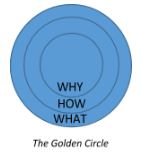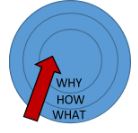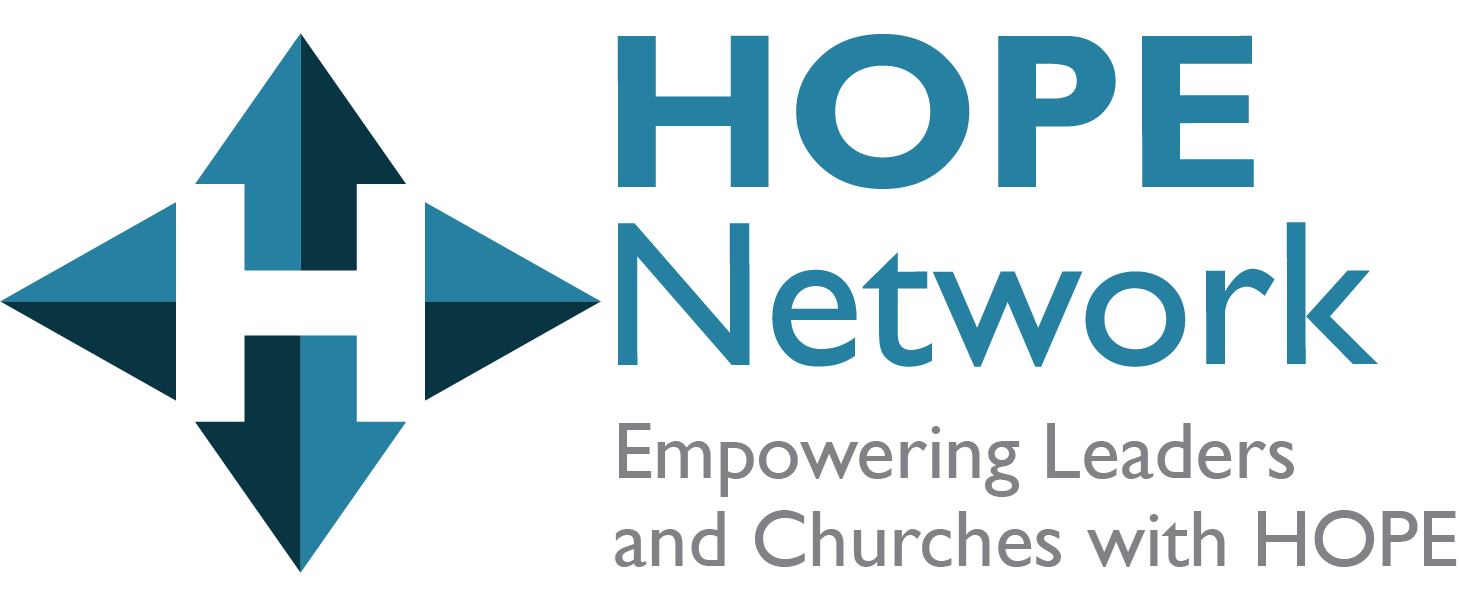In 2009, Simon Sinek spoke to an audience of 50 people on the subject of “How great leaders inspire action.” TED (conferences on Technology, Entertainment, and Design) video-taped the event. From such humble beginnings, Sinek’s speech went on to become the second most-watched presentation on TED.com.
If you haven’t see the speech, here’s the link. It’s worth taking 18 minutes to watch. Not just because it is an interesting presentation with interesting ideas, but because it raises some profound questions about how we do church.
Let me be clear: Sinek’s talk doesn’t touch on religious issues or church at all. But he enunciates several principles that (for someone like myself) have immediate and obvious implications for the realm of faith.
His talk focuses on inspiring leaders and organizations. It asks questions like “What do great leaders and organizations have in common?” and “How do great leaders and organizations differ from the ordinary in the way they think, act, and communicate?”
“As it turns out,” says Sinek, “all the great and inspiring leaders and organizations in the world … they all think, act, and communicate the exact same way. And it’s the complete opposite to everyone else … I call it the Golden Circle.” He goes on to draw a graphic (reproduced at the right) and to define “What,” “How,” and “Why.”
“What” involves matters of detail, content, product, features, etc. “We make computers. They’re really fast and efficient. They come with 8 gb of RAM.” “What” keeps us talking about the product, artifact, or merchandise we want to sell.
“How” defines the processes and methods we use that distinguish us from our competitors. “Our computers are built robotically and eliminate human error. As a result, they are cheaper and more reliable than other computers.” “How” focuses on what makes us and our product unique and distinctive.
“Why,” in contrast, addresses matters of purpose, cause, vision, mission, calling, beliefs, convictions, etc. It defines who we are, why we think and act as we do, what drives us, what we believe. “Why” communicates the reasons, motives, and goals that energize and impel us.
Ordinary leaders and organizations work from the outside of the Golden Circle toward the center.  They start with what they know, produce, sell. And they assume the customer is equally interested in the product … that they are motivated to buy at the level of the details. “We make great computers. They’re beautifully designed, simple to use and user friendly. Want to buy one?” The approach is very factual, rational, heavy on details … and, frankly, boring. Few people get excited enough about the inner workings and features of a computer to plunk down a large chunk of their disposable income for the pleasure of having a machine that is ten nano-seconds faster than the competition’s.
They start with what they know, produce, sell. And they assume the customer is equally interested in the product … that they are motivated to buy at the level of the details. “We make great computers. They’re beautifully designed, simple to use and user friendly. Want to buy one?” The approach is very factual, rational, heavy on details … and, frankly, boring. Few people get excited enough about the inner workings and features of a computer to plunk down a large chunk of their disposable income for the pleasure of having a machine that is ten nano-seconds faster than the competition’s.
Inspiring leaders and organizations, on the other hand, invariably work from the inside out. Sinek uses Apple as an example: “Everything we do, we believe in challenging the status quo. We believe in thinking differently. The way we challenge the status quo is by making our products beautifully designed, simple to use, and user friendly. We just happen to make great computers. Want to buy one?”
Sinek than makes a quite profound statement: “People don’t buy what you do; they buy why you do it.”
This article will continue in our next post.

Leave a Reply